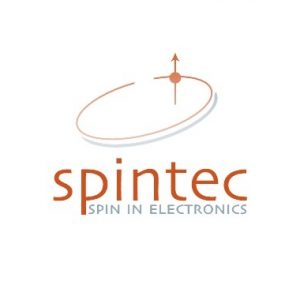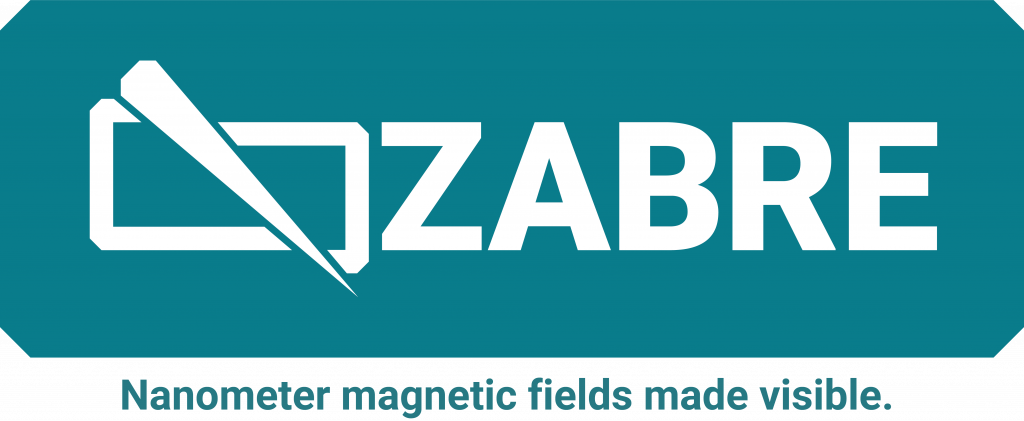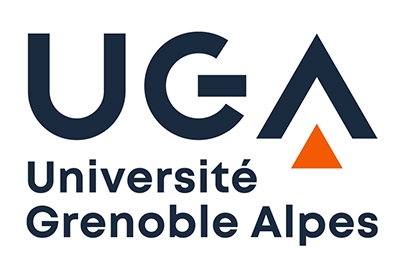Country
FranceHost institution
 Positioned at the crossroad of science and technology, the Spintec Laboratory* is one of the leading research laboratories in spintronics worldwide, with around 100 staff members. From basic science to the proof of concepts and technology transfer, the mission of Spintec is widespread from doing fundamental research in spintronics to bridging between new concepts and innovation in companies. Located in Grenoble in the French Alpes it offers a lively place to conduct research and enjoy life.
Positioned at the crossroad of science and technology, the Spintec Laboratory* is one of the leading research laboratories in spintronics worldwide, with around 100 staff members. From basic science to the proof of concepts and technology transfer, the mission of Spintec is widespread from doing fundamental research in spintronics to bridging between new concepts and innovation in companies. Located in Grenoble in the French Alpes it offers a lively place to conduct research and enjoy life.
The group led by L. Vila and J.P. Attané has pioneered several spin-to-charge interconversion experiments in the bulk of materials, and at various Rashba interfaces [1,2] and surfaces of topological insulators [3,4]. The group is expert in the design, fabrication and characterization of various nanodevices by magneto-transport.
*Spintec is jointly operated by CEA, CNRS, UGA, and G-INP, and is represented by CEA in the context of the SPEAR project.
Supervisor
Dr. Laurent Vila
Description
Over the past ten years, the use of the spin orbit coupling has caused a radical transformation of spin electronics. Topological insulators (TI) possess large spin orbit coupling and fascinating new properties. A TI is a material that behaves as an insulator in its bulk but whose surface contains conducting states, meaning that electrons can only move along the surface of the material moreover with specific transport properties.
To date some TI present the largest spin to charge conversion efficiency harnessing the spin orbit coupling at room temperature [3,4]. We will use dynamical spin injection to inject a spin current from a ferromagnet into topological insulators to study and gain further understanding in the conversion of this spin current into a charge current. This will allow us studying the physics of spin-orbit coupling in these materials, such as the hybridization of surface states in topological insulators, or the role of interfaces in spin-dependent transport.
We will then fabricate nanodevices to realize this interconversion electrically [5], in both possible directions (charge to spin or spin to charge). These devices will also allow studying novel and intriguing phenomenon appearing in this new class of materials and to study how efficiently a magnetic state can be manipulated by the charge to spin current conversion with TI.
[1] J.C. Rojas Sanchez et al., Nature Communications 4, 2944 (2013)
[2] E. Lesne et al., Nature Materials 15, 1261 (2016)
[3] P. Noel, et al., Physical Review Letters 120, 167201 (2018)
[4] J.C. Rojas Sanchez et al., Physical Review Letters 116, 096602 (2016)
[5] V.T. Pham et al., Nano Letter 16, 6755 (2018)
Requirements
- Master’s degree in Physics or a similar field
- Good verbal and written communication skills in English.
Although not compulsory, the following points will be considered:
- Previous knowledge of spintronics.
- Experience in the following techniques: nanofabrication, magnetotransport
- Team work
Planned Secondments
IMEC (Leuven, Belgium), under the supervision of Arindam Mallik.
QZabre (Zürich, Switzerland), under the supervision of Gabriel Puebla-Hellman.
Registering University
UGA (Grenoble, France)




